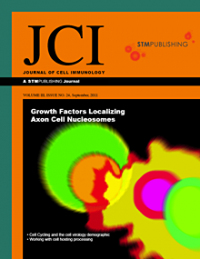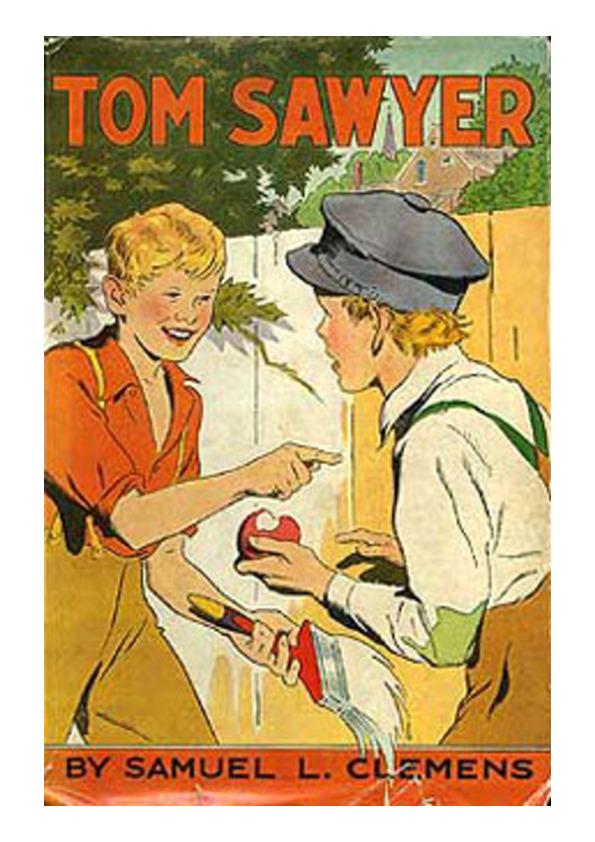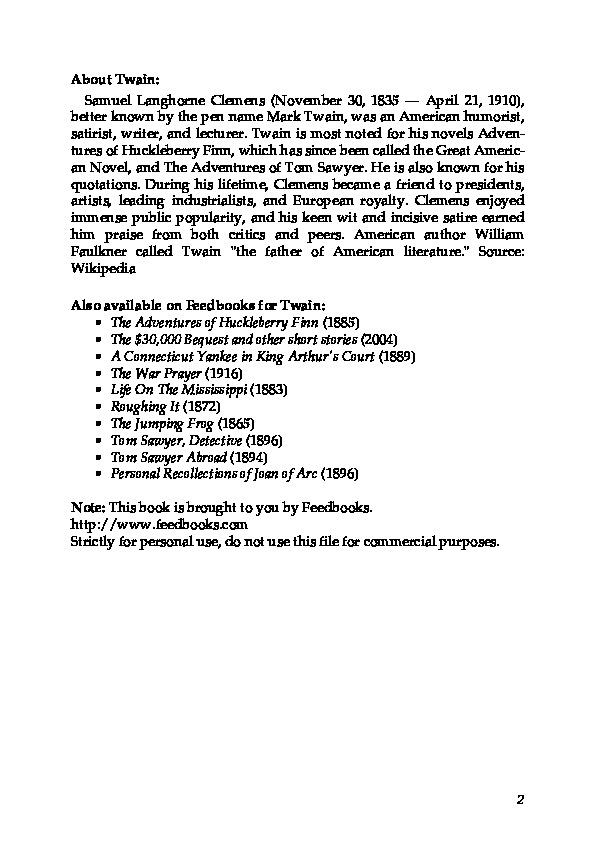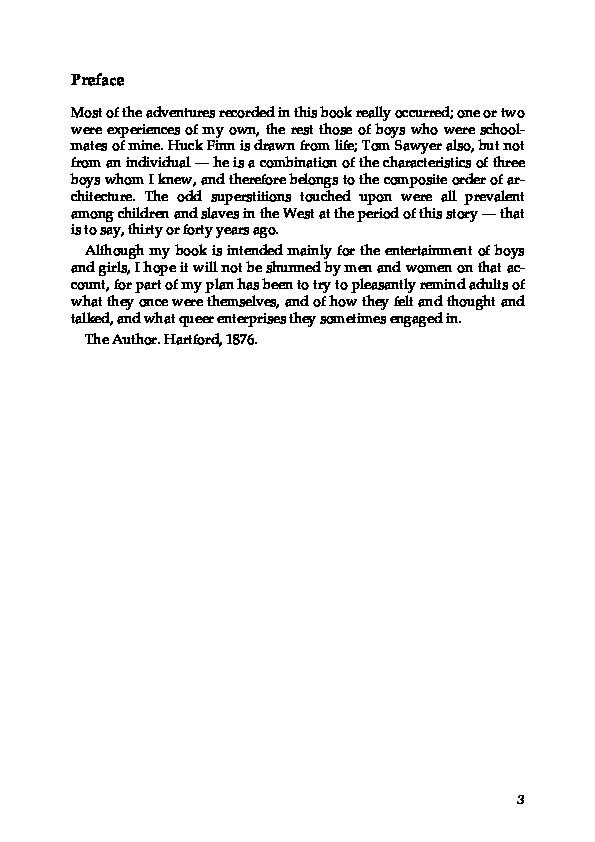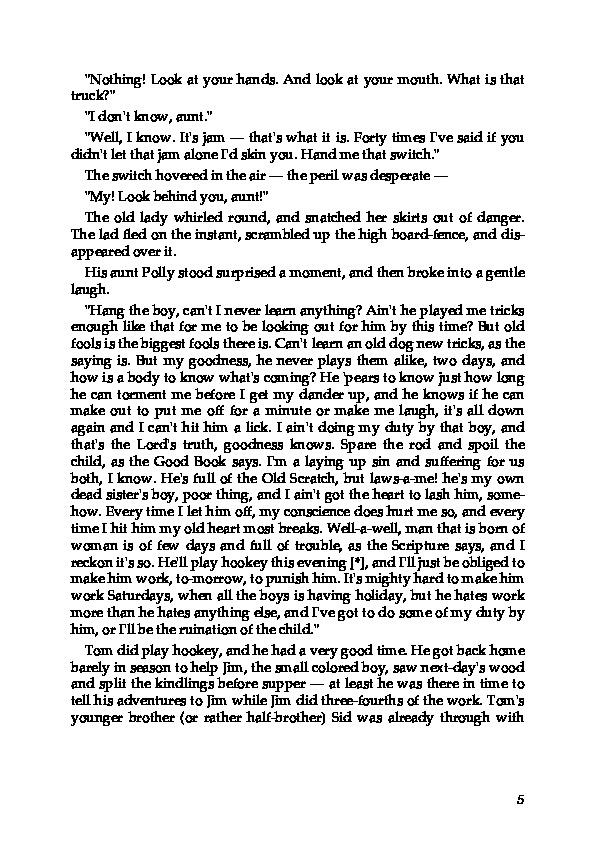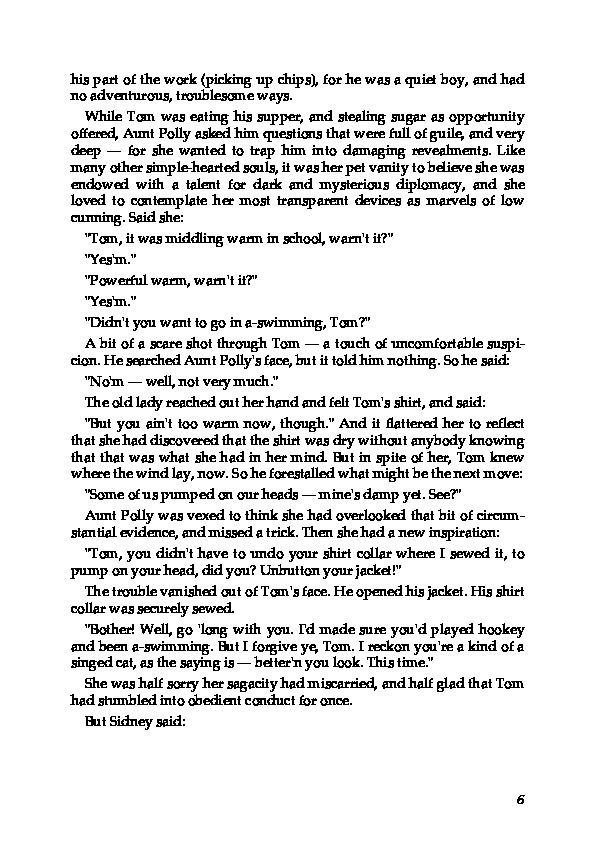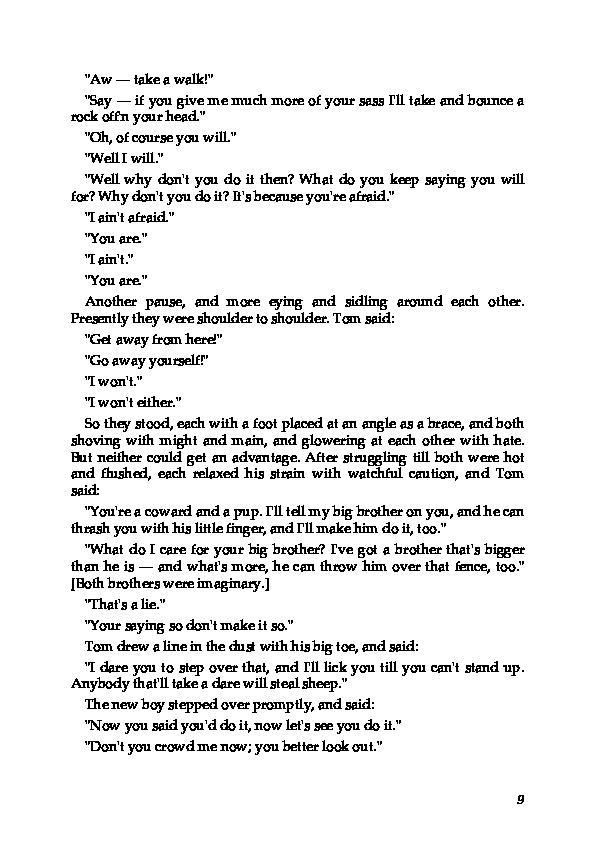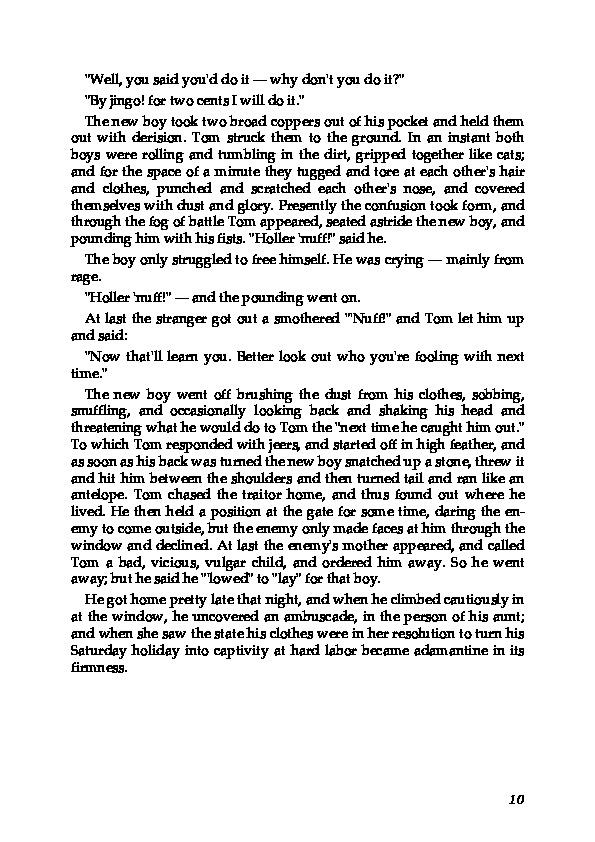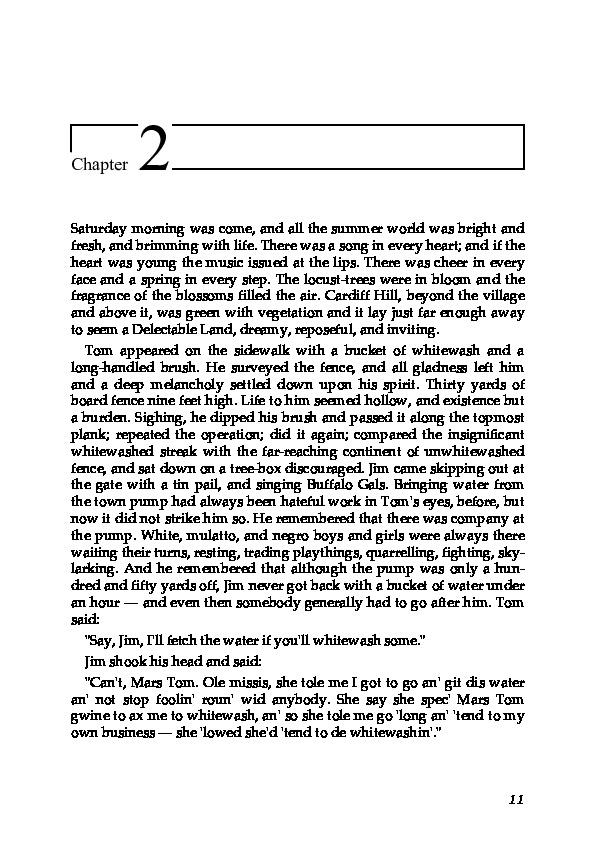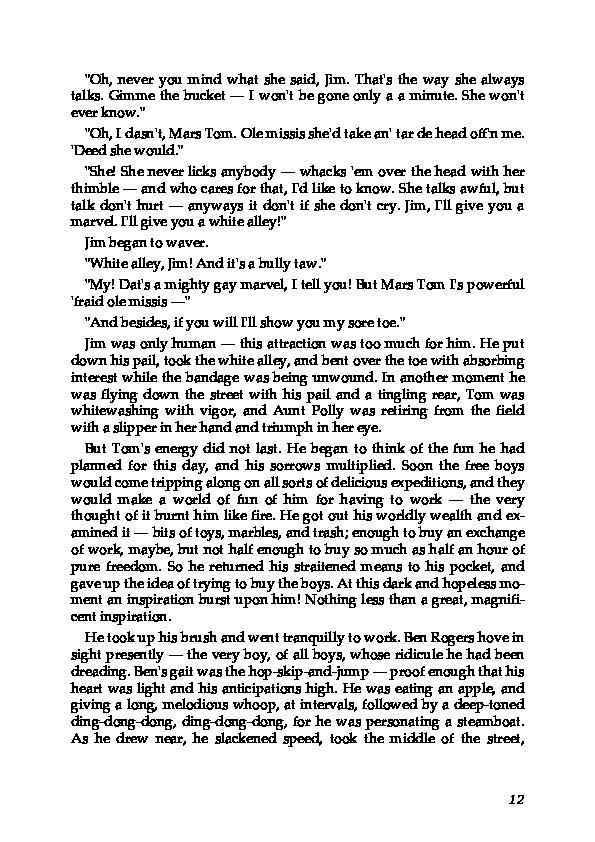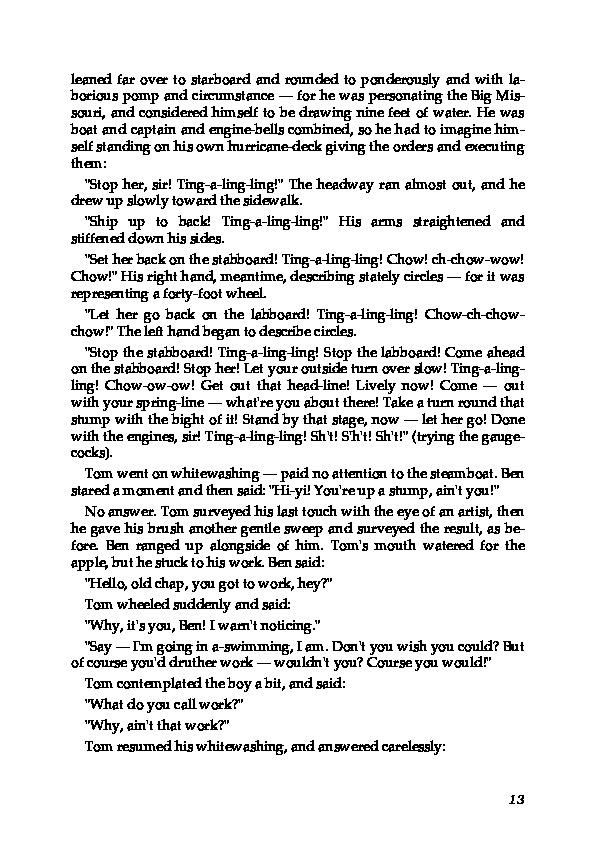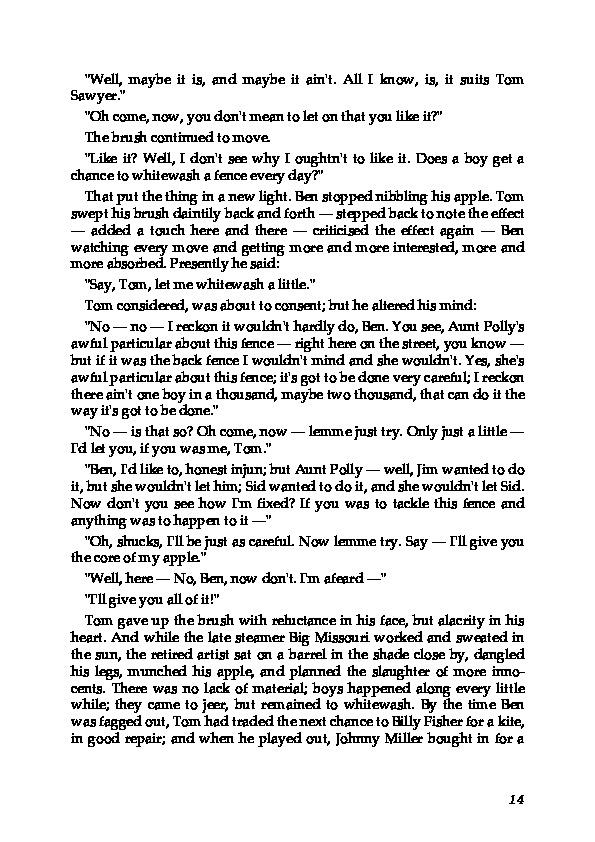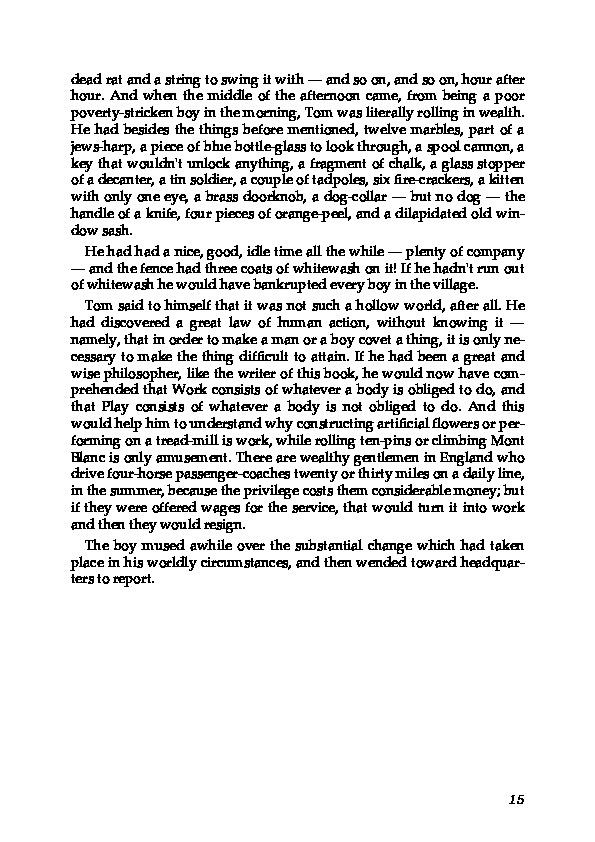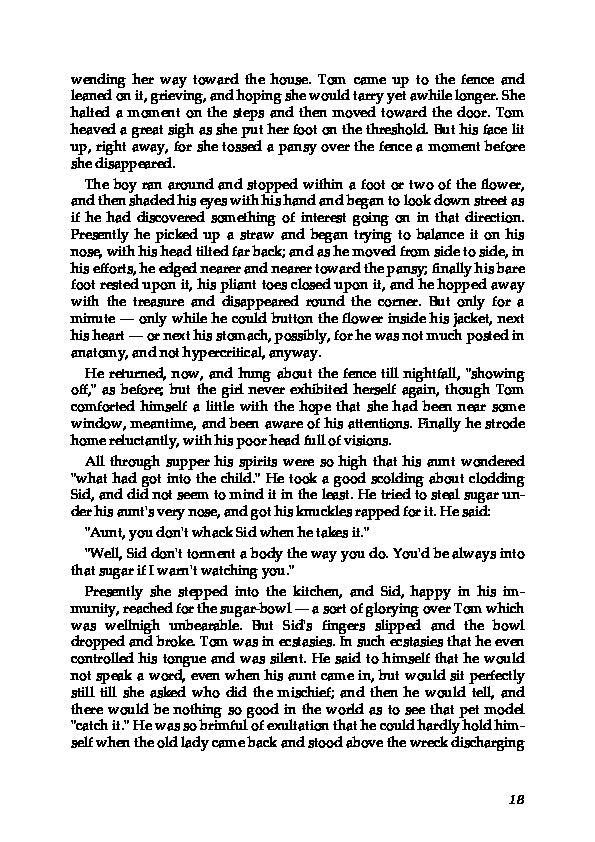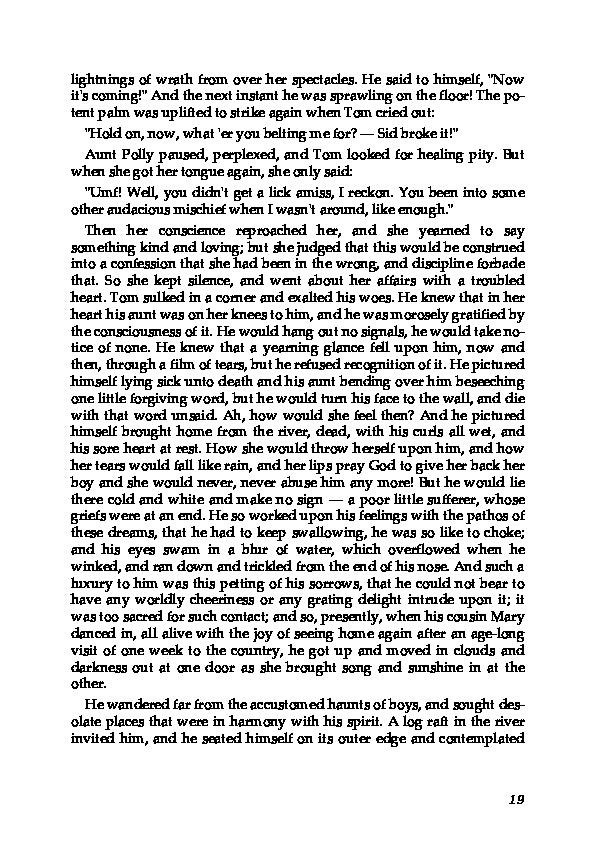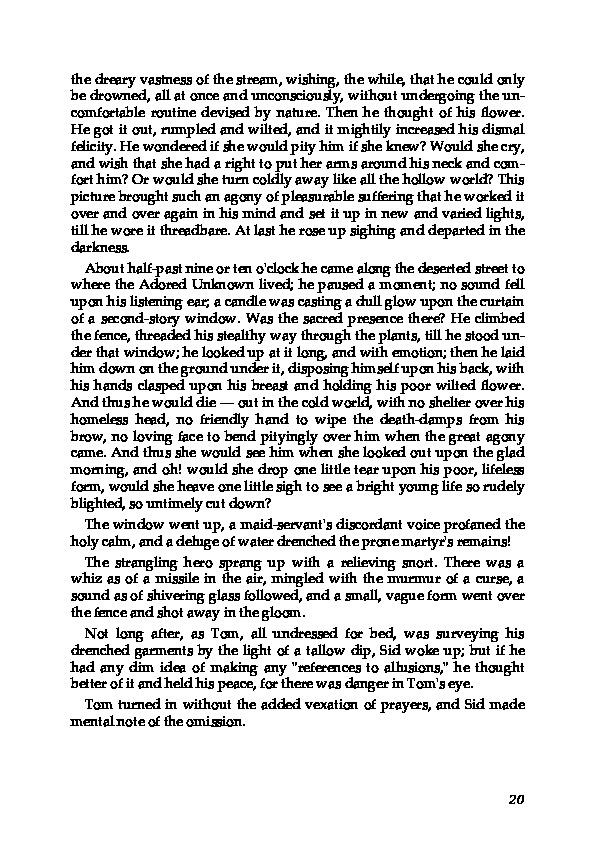Journal of Cell Immunology
Journal of Cell Immunology
By: Charles Dickens
The endocytic itineraries of lipid raft markers, such as glycosyl phosphatidylinositol (GPI)-anchored proteins and glycosphingolipids, are in-completely understood. Here we show that different GPI-anchored proteins have different intracellular distributions.
Title information
GPI-GFP does not accumulate within endocytic compartments containing transferrin, although it is detected in intracellular structures which are endosomes by the criteria of accessibility to a ?uid phase marker and to cholera and shiga toxin B subunits (CTxB and STxB,which are also found in rafts). GPI-GFP and a proportion of the total CTxB and STxB taken up into cells are endocytosed independently of clathrin-associated machinery and are delivered to the Golgi complex via indistinguishable mechanisms. Hence, they enter the Golgi complex in the same intermediates, get there independently of both clathrin and rab5 function, and are excluded from it at 20 8 C and under conditions of cholesterol sequestration. The PM-Golgi cycling pathway followed by GPI-GFP could serve to regulate lipid raft distribution and function within cells.
Charles Dickens
Charles John Huffam Dickens (7 February 1812–9 June 1870) was the most popular English novelist of the Victorian era, and one of the most popular of all time, responsible for some of English literature's most iconic characters.
Many of his novels, with their recurrent theme of social reform, first appeared in magazines in serialised form, a popular format at the time. Unlike other authors who completed entire novels before serialisation, Dickens often created the episodes as they were being serialized. The practice lent his stories a particular rhythm, punctuated by cliffhangers to keep the public looking forward to the next installment. The continuing popularity of his novels and short stories is such that they have never gone out of print.
His work has been praised for its mastery of prose and unique personalities by writers such as George Gissing and G. K. Chesterton, though the same characteristics prompted others, such as Henry James and Virginia Woolf, to criticize him for sentimentality and implausibility.


